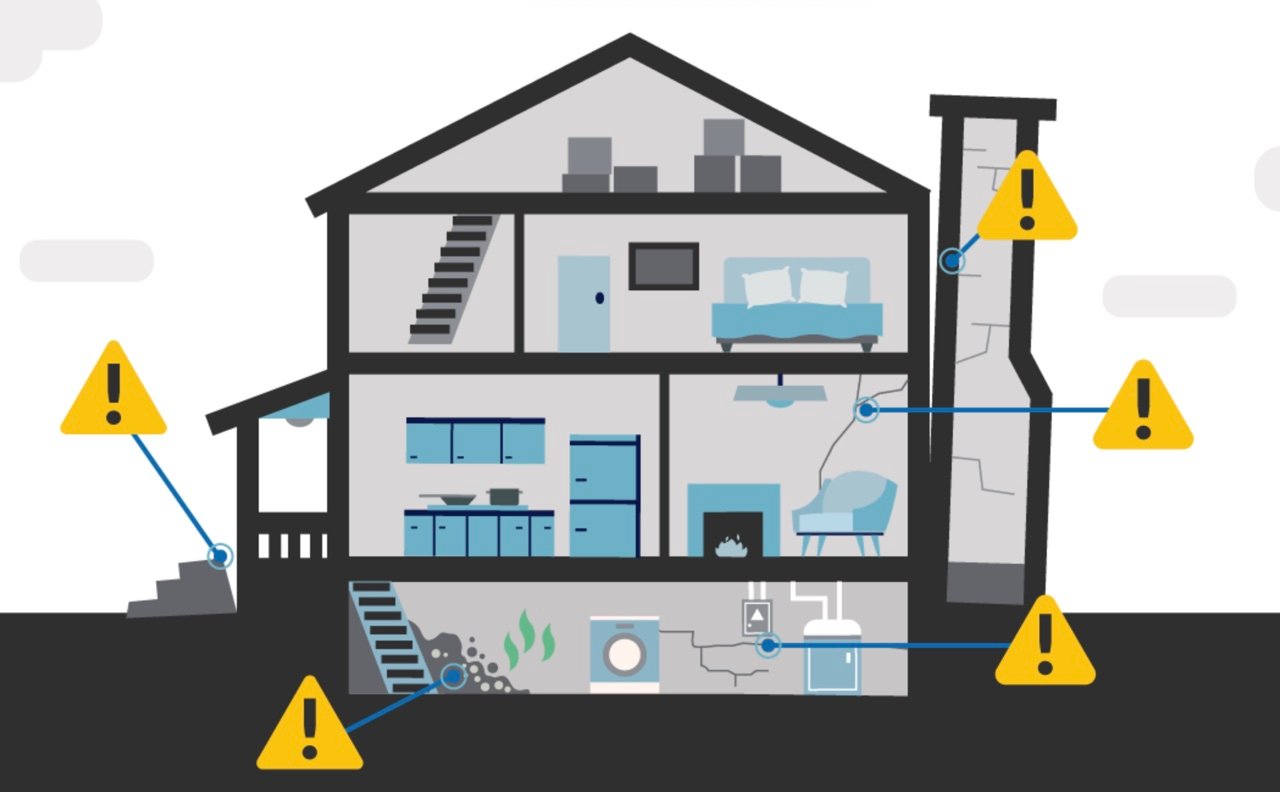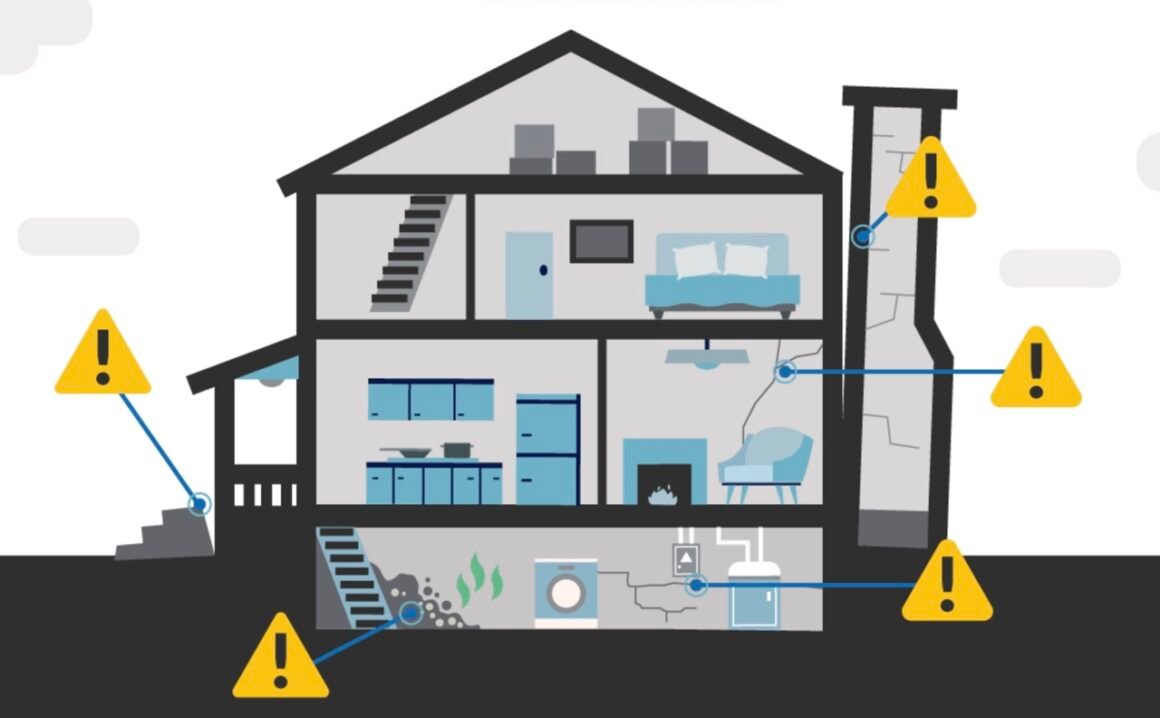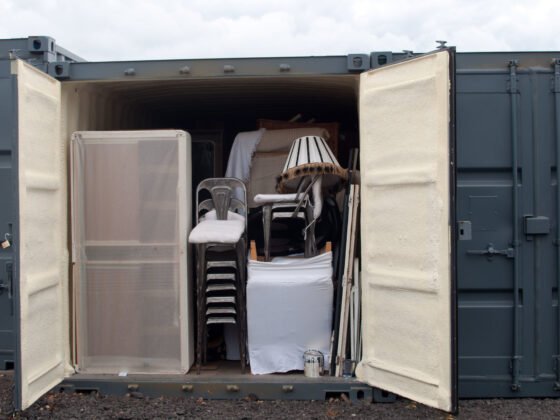Table of Contents Show
One of the best ways to manage your home and avoid foundation damage is to make sure that you’re keeping an eye on the most common signs of foundation damage.
Many of these signs are actually fairly easy to spot even for people who don’t have any formal training regarding foundation damage.
Here are the eight most obvious signs of foundation damage in your home.

8 Simple Signs Your Home Has a Foundation Problem Created By Innovative Basement Authority
1. Cracks in the Walls or Floors
Cracks in the walls and floors are definitely something that you need to tackle as early as possible. It’s especially worrying if you’re seeing diagonal cracks extending from the corners of the walls, but any cracks that have suddenly opened up can indicate that your home’s foundation is sinking, which is a crucial thing to tackle.
2. Misaligned and Sticking Doors and Windows
What about if it seems like your home’s doors or windows don’t open and close as smoothly anymore? It’s a good idea to look at the doorframes and window frames.
If it seems like the frames have become warped, you might have issues with your home settling or with waterproofing concerns, and both are important to handle early on.
3. Gaps Between Walls, Windows, or Doors
Your walls, windows, and doors should all sit up flush against whatever’s standing against them. If you’re having issues with gaps between walls, windows, and doors, chances are that there’s been a shift in the structural stability of your home.
That means you need to manage those shifts as quickly as you can.
Read Also:
4. Sagging and Slanting Floors
If you notice any signs of foundation damage, such as cracks in the walls, uneven floors, or sticking doors, it’s crucial to get your foundation inspected by a professional.
Addressing foundation issues early can prevent further structural problems in your home. Moreover, foundation problems can also lead to crawl space problems.
Many people know that a sagging floor indicates a serious problem, but not many people know what problem that is.
Most frequently, it means that your home’s floor joists don’t have enough structural stability to hold themselves up anymore.
You may need additional support underneath the floor joists in this situation.
5. A Leaning Chimney
It’s extremely common for your home’s chimney to have a foundation that’s completely separate from the foundation for the rest of the home.
This is a common construction tactic, but it also means that your chimney could be at risk if it starts to break away. A leaning chimney indicates that either the chimney foundation or the home foundation has shifted.
6. Bowing Basement Walls
Basement walls shouldn’t bow inward. However, if you go into your basement and you notice that the walls have a slight bulge inward, it could be that your basement walls simply can’t withstand the hydrostatic pressure pushing in on all sides.
That can lead to bowing basement walls. There are many ways to help with this problem, but they all rely on you uncovering them early on.
7. Musty Smell in the Basement or Crawl Space
What happens when you have a slightly musty smell in your basement or crawl space? Although some people believe that this is normal, the truth of the matter is that it’s usually the smell of mold, wood rot, or mildew.
If you’re experiencing a musty smell in your basement or crawl space, it’s a good idea to call in a crawl space repair expert.
8. Damp Walls, Leaks, and Other Waterproofing Problems
Possibly the most worrying problem in your home is waterproofing concerns. If you’re having waterproofing concerns, you need to think about where that water is coming from and what it could do to your home as a whole.
As soon as you notice potential issues with waterproofing, a crawl space repair expert should be someone you contact.
Conclusion
As you can see, there are a variety of ways that foundation damage can occur in and around your crawl space or basement. However, all of these warning signs are surprisingly simple for even a layperson to identify.
Keep them in mind at all times if you want to be able to manage your home’s foundation damage early on.










